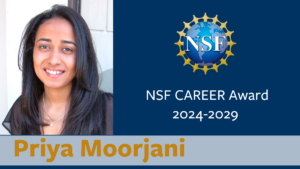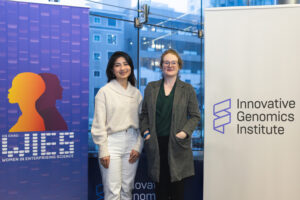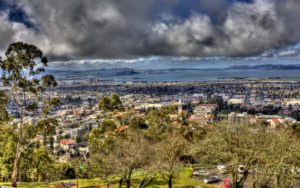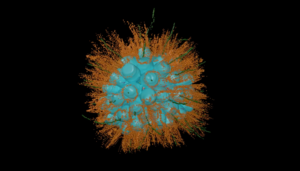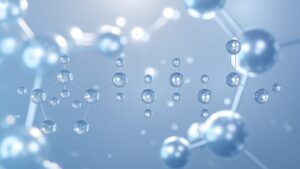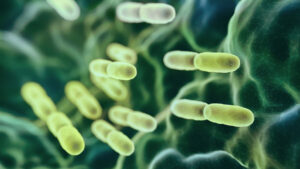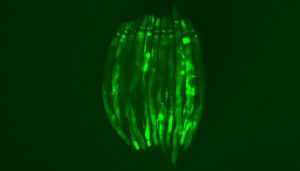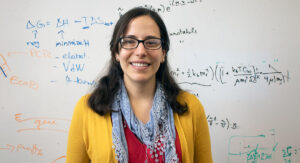
Markita Landry announced as laureate for Blavatnik National Award
September 12, 2024
The Blavatnik Family Foundation and The New York Academy of Sciences have honored three women scientists, including Markita Landry, Associate Professor of Chemical and Biomolecular Engineering, with the Blavatnik National Awards for Young Scientists. Each of the women are leaders in their field: Markita del Carpio Landry, Ph.D., University of California, Berkeley (Chemical Engineering) is named the…
